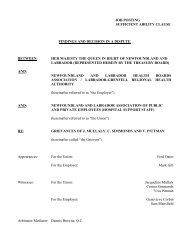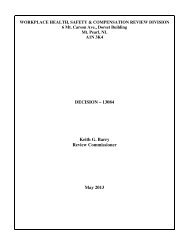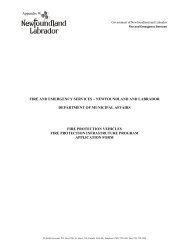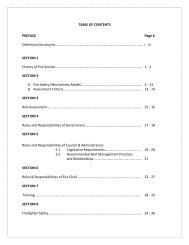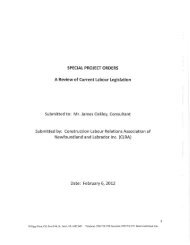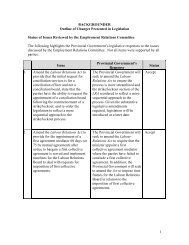Basic Level Pre-Course Reading
Basic Level Pre-Course Reading
Basic Level Pre-Course Reading
Create successful ePaper yourself
Turn your PDF publications into a flip-book with our unique Google optimized e-Paper software.
Chapter 3<br />
CBRN Assessment and Incident Recognition<br />
How they work: Depending on the agent, local irritation to affected areas may<br />
occur (eyes, nose and throat).<br />
3.2.1.1 Signs, Symptoms, and Onset - Some chemical agents cause<br />
serious clinical effects in humans almost immediately, while others cause<br />
minor or no clinical effects within the first minutes to hours after contact.<br />
For example:<br />
• Inhalation of vapours or skin contact with liquid nerve agents can<br />
cause loss of consciousness and death within minutes.<br />
• Inhalation of blood-agent vapours can cause loss of consciousness<br />
and death within minutes.<br />
• Exposure to some of the blister agents (i.e., Lewisite) result in<br />
immediate injury to exposed tissue, while apparent injuries from<br />
mustard may be delayed for 4-24 hours after exposure.<br />
• A high concentration of choking agents will cause severe respiratory<br />
distress, while low concentrations may produce irritation to the eyes,<br />
nose and respiratory tract.<br />
• Riot control agents produce almost immediate irritation and burning of<br />
the eyes, nose, and upper airway.<br />
Only a small quantity of a chemical agent is required to affect a large<br />
number of casualties.<br />
Table 1 shows the characteristics, effects, and initial onset timeframes for<br />
each of the five groups of chemicals.<br />
CBRN First Responder Training Program<br />
20<br />
<strong>Basic</strong> <strong>Level</strong> <strong>Course</strong>



